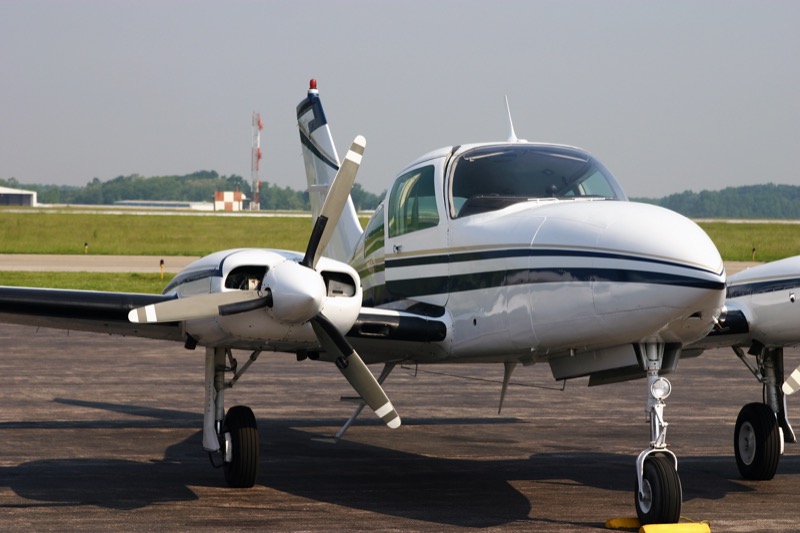Twin Engine Initial/Recurrent Training Syllabus Completion
The following training plan is the basis for AST’s Twin Engine Initial Training or Recurrent Training. Recurrent is completed in two days. Initial is completed in three days plus, if needed, an additional half day. We tailor our instruction to fit the experience level and the needs of the pilot we are instructing.
Our training can be modified to fit the pilot and their aircraft. We reserve the right to add other training elements based on the facts as presented during training.
- Introduction and our Goals.
- Evaluation of Pilot’s Knowledge Base of the Aircraft and Operating Procedures both in the Simulator and their knowledge of regulations.
- Simulator Evaluation (To determine pilots instrument skills)
- Instrument Scan, Attitude Instrument and Partial Panel, Basic Approaches
- Open Discussions of the Knowledge Areas as the Pilot sees them.
- Powerplant, Prop, and associated equipment
- Fuel System
- Fuselauge
- Electrical
- Avionics
- Pressurization (if required for the model)
- Gear, Brakes and Tires
- Hydraulics (if required for the model)
- Electromechanical systems (Gear, Flaps if required for the model)
- Other Miscellaneous Equipment
- Preflight Inspection and Walk Around with emphasis on certain items
- High Altitude Operations as they understand it. Safety checks of back up oxygen and proper oxygen equipment for the flight.
- Emergency Procedures Discussion while on the runway and after lift off and during cruise.
- Introduction to Engine Loss Shutdown procedures – a better and safer way to do it.
- ATC Communications during an emergency and how it is “your show to get down safely.”
- Legal Discussion of Regulations and Administrative Law as applicable to the FAA.
- Proper Maintenance for the particular model of aircraft – One shop does not fit all.
Simulator
- Introduction
- Familiarization of the Simulator and the specific Aircraft
- Pilot evaluation of skills in the Simulator
- VMC SKILLS
- IMC SKILLS
- Check List – Double check items
- Flight Profiles
- Review of Systems from morning discussion. (Sim)
- Power Plant, Prop and Associated Equipment
- Fuel System, Regular Operation and Emergency
- Discussion of Normal Take Off Procedure from the Pilots Point of View. (Sim)
- Normal Take Off, Climbs, Power Reductions
- Speeds for Maneuvers
- Procedures for Landing, Gear Operations, Flap Operations
- Emergency procedures as understood by the Pilot
Simulator
- Preparation for Take Off – Aborting the Take Off – What to look for. (Repeated)
- Take Off – Engine Failure on Take Off (Repeated)
- Climb out – power reduction
- Emergency after climb out in VMC condition (Repeated)
- Emergency after climb out in IMC conditions (Repeated)
- Engine Loss and Heading and Vertical Speed Control
- Repeated until Pilot controls Heading, Speed Loss and Vertical Speed
- The four steps to “Stabilize” the aircraft after engine loss (Repeated)
- Turns on one engine under VMC – Which direction is best.
- Long approaches on one engine – return to airport
- Speed Control – Gear First for “keeling affect”
- Speed Control – Flaps shortly before landing – “Throwing out the Anchor.”
- Touch down and engine shut down to prevent yaw on roll and securing engine
- Requirements of Flight Reviews, IPC and Currency
- Approaches
Simulator
- Loss of Control – Stalls – Spins – Slow Flight – Speed Transitions – Throttle to Airspeed
- Flight parameters of Angle of Attack (AOA instruments) and why critical airspeeds are not always right. Learning to crosscheck gauges.
- Emergency Procedures – Checklist
- System Failures
- Engine Loss – IMC
- Heading, Vertical Speed, Airspeed Verification
- Numerous Approaches under IMC – Precision and Non Precision
- Approaches
- Night Approaches – VMC and IFR (including weather approaches)
- Non Precision Circle to Land
- Emergency Systems Review
- Gear Failure – Engine Fire – Loss of Electrical
- Instrument Flight Review Regulations
Simulator
- Take Off – Engine Loss
- Climb out – Low altitude Engine Loss – Heading, Vertical Speed, Altitude Control
- Engine loss – Heading, Vertical Speed Altitude Control – Approach
- Gear Failure – Engine Fire – Loss of Electrical
- Night Approaches – VMC and IFR
